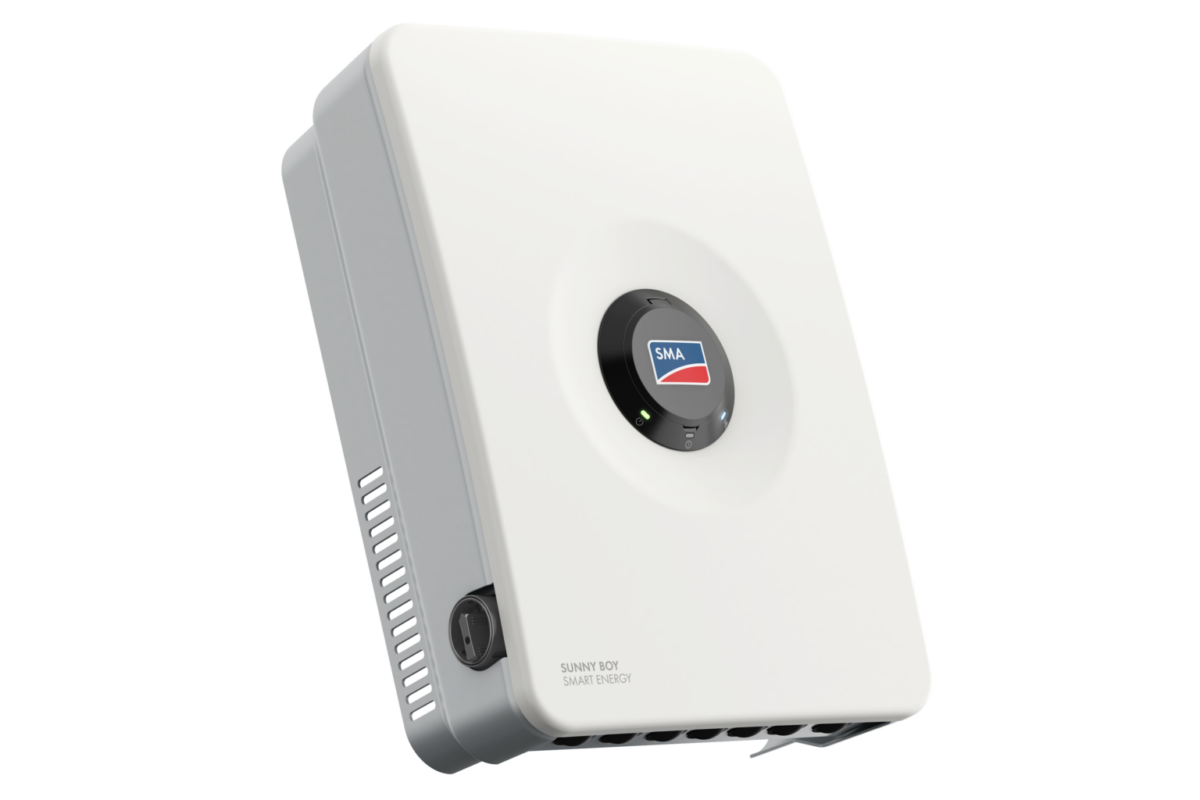Antora Energy has started production at its 2 MW thermophotovoltaic cell factory in Sunnyvale, California.
“The cells are based on III-V semiconductors, which have a higher performance than conventional solar cells, and produce 100 times more power than similarly sized devices,” CEO Andrew Ponec told pv magazine. “The cells can convert any source of high temperature heat into electricity and their most important application is for energy storage,” he added referring to thermal energy grid storage (TEGS) consisting of a low-cost, grid-scale energy storage technology that uses TPVs to convert heat to electricity above 2,000 C.
Thermophotovoltaics (TPV) is a power generation technology that uses thermal radiation to generate electricity in photovoltaic cells. A TPV system generally consists of a thermal emitter that can reach high temperatures, near or beyond 1,000 C, and a photovoltaic diode cell that can absorb photons coming from the heat source.
The technology has drawn the interest of scientists for decades, because it is able to capture sunlight in the entire solar spectrum and has the technical potential to beat the Shockley-Queisser limit of traditional photovoltaics. However, the efficiencies reported thus far have been too low to make it commercially viable, as TPV devices still suffer from optical and thermal losses.
“Until now, TPV technology has met neither the efficiency threshold required to compete with traditional heat engines nor the manufacturability threshold required to produce the technology at scale,” said Antora Energy. “Now, Antora has met both of these critical thresholds, demonstrating heat-to-electricity conversion efficiencies greater than 40%, and demonstrating the capability to manufacture TPV at scale.”
The startup said it has secured funding from the California Energy Commission to build the TPV manufacturing line in California in 2021.
“Some of Antora’s earliest funding was provided by the U.S. Department of Energy’s Advanced Research Projects Agency-Energy to develop TPV technology in partnership with the National Renewable Energy Laboratory, Lawrence Berkeley National Laboratory, and Arizona State University,” said the company.
In April, a group of researchers from the Massachusetts Institute of Technology (MIT) and the US Department of Energy's National Renewable Energy Laboratory (NREL) unveiled a thermophotovoltaic (TPV) cell featuring III–V materials with bandgaps between 1.0 and 1.4 eV. This cell achieved an efficiency of 41.1% operating at a power density of 2.39 W cm–2 and an emitter temperature of 2,400 C. The group presented the device in “Thermophotovoltaic efficiency of 40%,” which was recently published in Nature.
This content is protected by copyright and may not be reused. If you want to cooperate with us and would like to reuse some of our content, please contact: editors@pv-magazine.com.




If the efficiency is 40% for TPV, it should be further pursued to make it practical and reduce land use.
“it should be further pursued to make it practical and reduce land use.”
Note that thermophotovoltaics don’t use sunlight as an energy source. You need a heat source.
Geoffrey, so the Sun isn’t hot?
Could use a Fresnel lens or other type of solar concentrator (mirrors, etc) to reach super-high temps from the sun.
A 2 mw factory sounds small by so many other standards of production. Why so small?
Hmmmm… Could I use a bunch of these to turn some of the heat energy generated in my wood stove to electricity? When it’s cloudy, and snowing, the solar panels don’t make much electricity. But I do use the wood stove a lot when it’s cloudy, and snowing. It would be real neat if I could turn some of the wood stove heat to electricity.
Your stove is probably not running at 2400 C. Sheet metal melts around 1250 C. What might work is either a fan driven by the chimney draft connected to a small generator or heating up water to drive a steam turbine.
Cool. The problem is that high-temperature energy resources don’t grow on trees. Since tapping volcanic magma is impractical, the one real renewable candidate is concentrated sunlight. The thermovoltaic device replaces the traditional heat engines in CSP plants, and still requires the costly tower or trough collectors. Still, 40% conversion efficiency is already better than what you can get from a Rankine cycle, and more efficient Brayton ones running at higher temperatures don’t seem to be getting anywhere. The installation looks a lot simpler and has the potential for lower costs, especially if you can use troughs.
Think about this for space applications. Concentrators there can be light weight. The issue will be heat rejection into space.
Are these cells commercially available ?